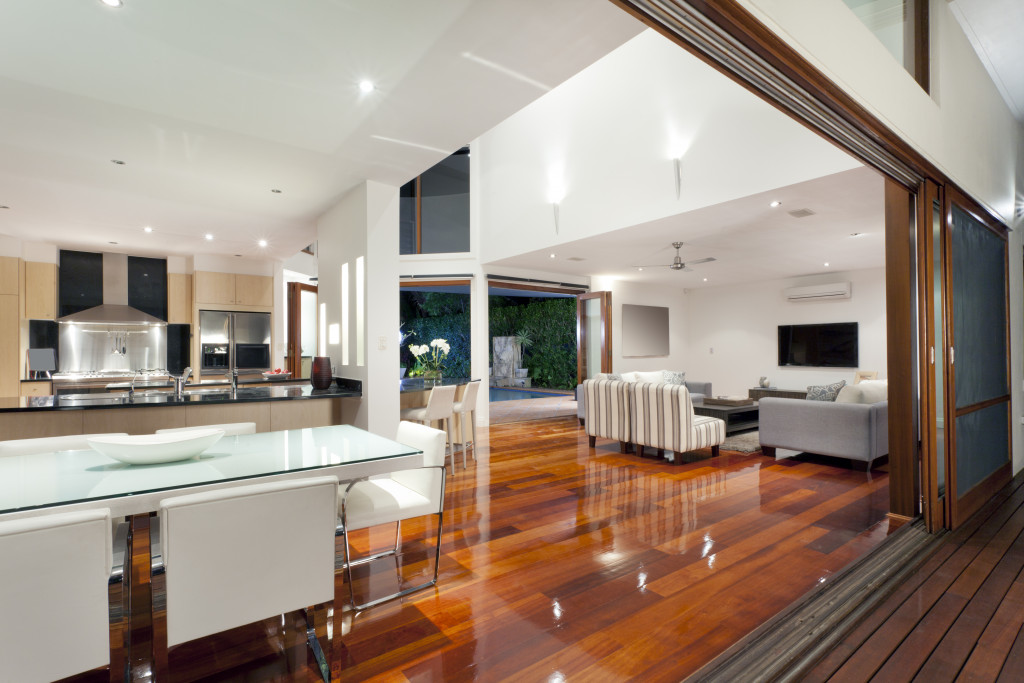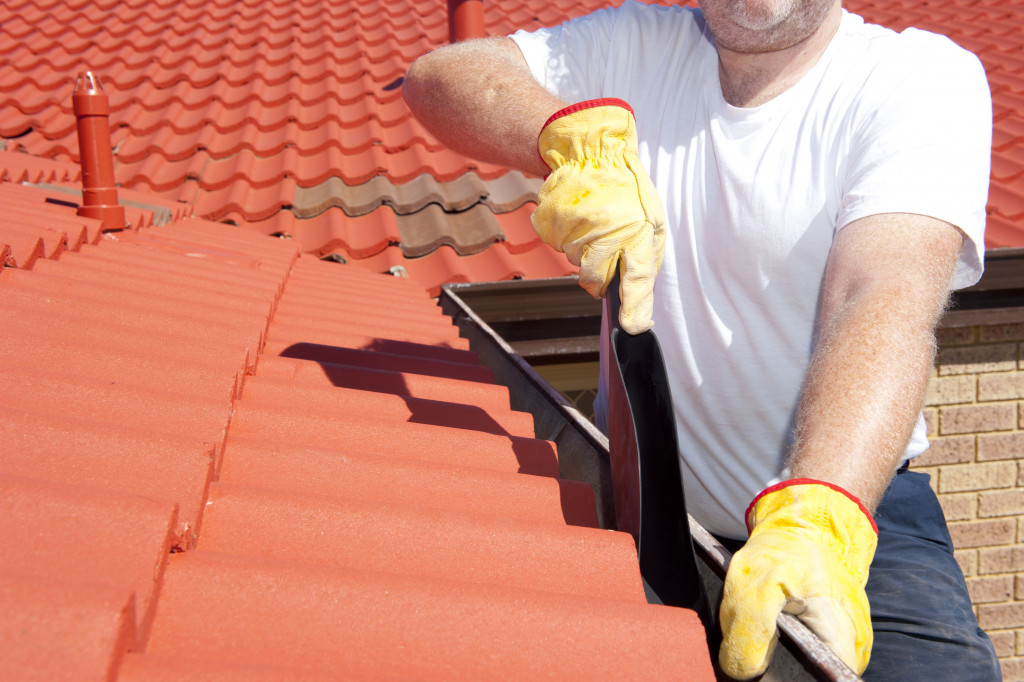- Durability is a crucial reason for choosing quality building materials
- Energy efficiency and environmental impact should also be taken into consideration when selecting materials
- Cost, installation and maintenance needs, regional climate, and aesthetics are all factors to consider
- Investing in high-quality construction materials can save money and help raise property value in the future.
Construction is a big undertaking, and it’s essential to make sure you choose suitable materials for your project. The materials you select have a significant impact on how long your home will last and how much maintenance it will require in the future.
Unfortunately, many think that the most expensive materials are always the best choice. This isn’t necessarily true, as certain materials may be better suited to your particular region or environment than more costly options. Read on to find out why choosing suitable building materials is essential.
Durability
The most obvious reason for selecting quality building materials is durability. The foundation, roofing, siding, insulation, and other components of your home are going to be exposed to a lot of different elements over the years—rain, snow, wind, and heat—so you want them to be able to stand up against these conditions without deteriorating too quickly.
For example, metal roofing is one of the longest-lasting materials, making it a great choice if you want something that will last for many years. The advantages of metal roofing go beyond durability. However, metal roofs are also fire-resistant and come in various colors and styles to suit any home. Metal roofing is becoming increasingly popular with homeowners due to its advantages over other materials.
Energy Efficiency
The type of materials you use can also affect your home’s energy efficiency. Insulation that doesn’t meet current standards may not offer enough protection from outside temperatures, causing your heating and cooling bills to skyrocket. On the flip side, using energy-efficient building materials can significantly reduce your energy costs over time since they help keep the temperature inside your home regulated no matter what the weather is like outside. This means fewer spikes in both heating and cooling costs throughout the year.
In addition, some materials are more environmentally friendly than others. For example, recycled or reclaimed wood can be an excellent choice for flooring, as it reduces the need for new resources. Similarly, sustainable building materials like bamboo can help reduce your home’s carbon footprint.
Aesthetics

When constructing a new home or remodeling an existing one, aesthetics should still be considered. After all, you want your home to look good now and in future years. Choosing quality building supplies that are attractive yet durable can help ensure that your home remains aesthetically pleasing even after many years of wear and tear from external forces like rain or snowfall. Plus, investing in better-looking materials now can help raise property value if you decide to sell later down the road!
Things to Consider When Choosing Materials
Now that you know why it’s essential to choose quality building materials, here are a few things you should consider when making your selections:
Local climate
Consider your region’s extreme temperatures and weather conditions before investing in a particular material. Certain materials may not be well suited for more extreme climates, so research beforehand.
Cost
You don’t have to choose the most expensive option out there, but you want to ensure you get quality materials for your money. Consider how much it will cost if a particular material requires more maintenance or doesn’t last as long as others.
Installation and Maintenance
Be aware of the installation and maintenance needs of each material you consider. Some materials may require more time or money to install. In contrast, others may need regular upkeep to stay in good condition.
Environmental Impact
When choosing building materials, consider the environmental impact of each option. Materials like recycled or reclaimed wood can help reduce your home’s carbon footprint, while sustainable materials like bamboo are also great choices.
Style and Aesthetics
Finally, think about how the materials will look in your home. Even if you want something durable and cost-effective, it’s still important to choose materials that will maintain the aesthetics of your property. Investing in quality materials can help raise property value if you decide to sell later down the road.
Choosing high-quality construction materials is important when designing or renovating a home. Not only do they need to be durable enough to withstand tough weather conditions, but they also should help improve energy efficiency and have aesthetic appeal too! Investing in quality building supplies can save money (and headaches) in the long run while allowing you to enjoy a beautiful space that looks great today and tomorrow!

